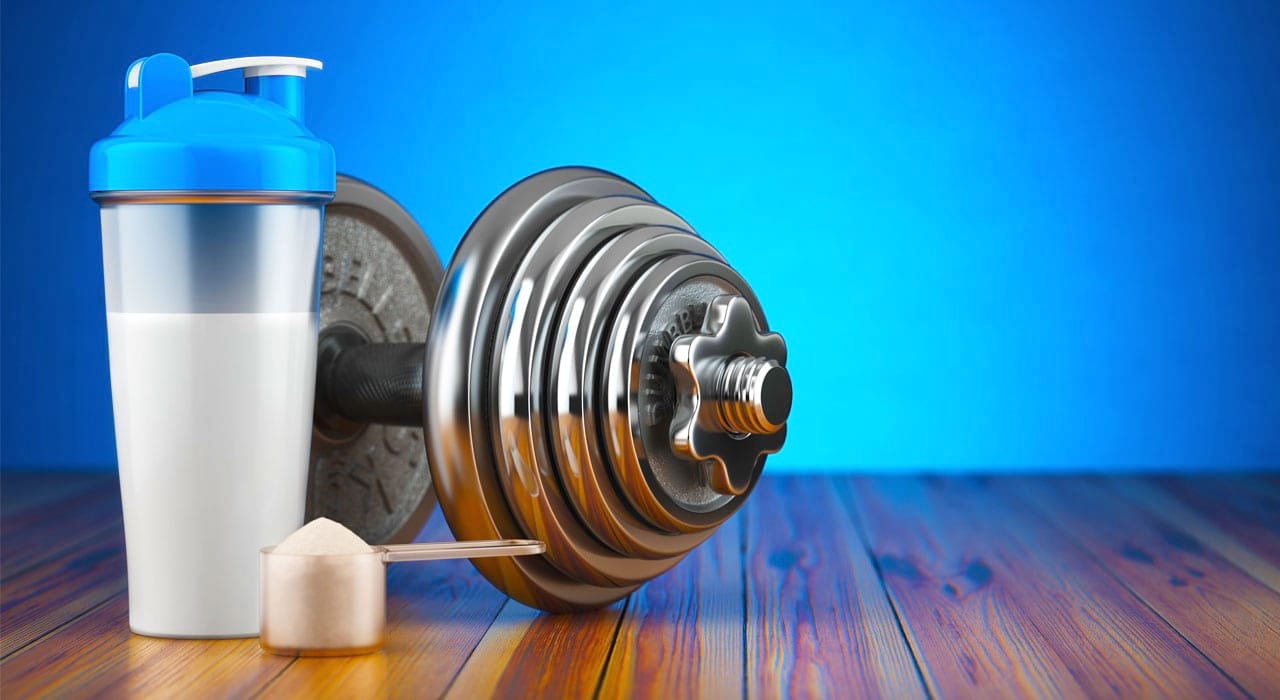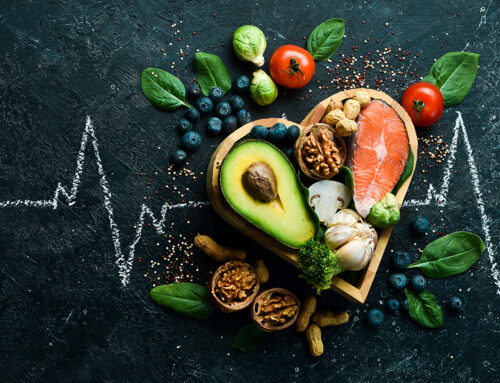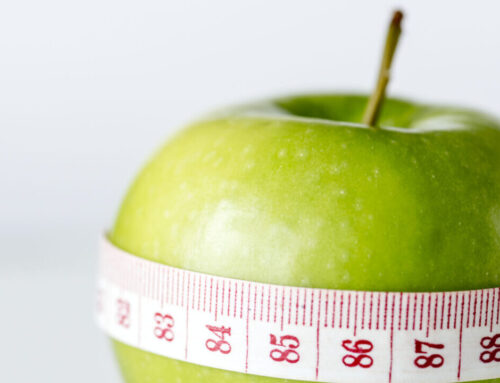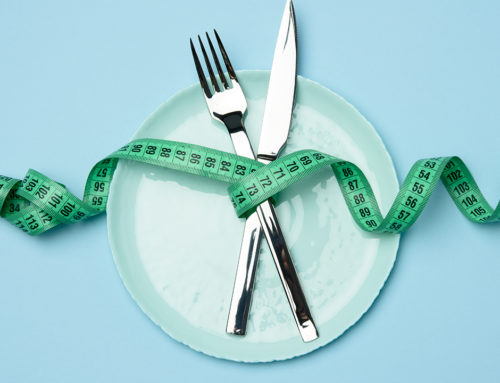How to increase nitric oxide levels is a valid question that knowing the answer to will make sifting through the jungle of pre-workouts a lot easier for you.
If you’ve read the labels of numerous pre-workout products you’ll have noticed that two common ingredients used in many of them are the amino acids arginine and citrulline. Both are used as a nitric oxide booster and you’ll usually notice one or the other in your pre-workout (sometimes you’ll notice both, but this is the mark of a product that isn’t grounded in science – you’ll see why).
Nitric oxide (NO) causes blood vessels to dilate (widen), which helps deliver more blood to your muscles. During a workout, the greater blood flow provides the working muscles with more oxygen and more nutrients, such as glucose (blood sugar) and amino acids, which can significantly improve stamina.
And since a large portion of your blood is water, having greater blood flow to muscles provides them with more fluid, thus enhancing muscle-pump during a workout.
This happens because the exercised muscle creates a high concentration of waste products within its cells as they burn up energy. The waste then pulls the water from the blood into the muscle cells and causes them to swell temporarily, but it can also enhance long-term muscle growth thanks to the swelling activating biochemical pathways which increase protein synthesis.
How to increase nitric oxide levels – the two most popular ingredients in your nitric oxide booster
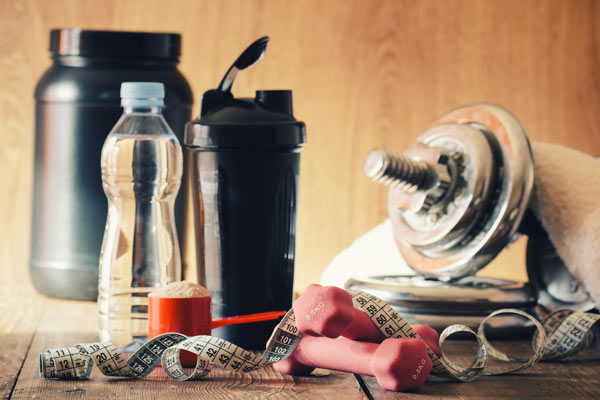
Arginine and nitric oxide
Arginine is the amino acid that single-handedly created the NO-booster category in the late ‘90s, because it is readily converted to NO with help from the enzyme nitric-oxide synthase (NOS).
Often, the arginine used was in the form of the alpha-ketoglutarate variety, because arginine in its standard form of L-arginine tends to be poorly absorbed by the body, and the alpha-ketoglutarate is believed to help its uptake.
In today’s pre-workout supplements, arginine is often combined with citrulline. But many supplement companies have completely removed the arginine and replaced it with the amino acid ctirulline in the form of L-citrulline, or citrulline malate, because citrulline is proven to be a far better NO booster. Plus, citrulline malate is proven to not only be a potent NO booster, but also a powerful energy producer and fatigue fighter.
Citrulline – the superior nitric oxide booster
Citrulline is an amino acid closely related to arginine. When you consume citrulline it is converted in to arginine and then to NO. However, consuming citrulline actually raises blood levels of arginine better than consuming arginine itself. And because of this, supplementing with citrulline raises NO levels better than supplementing with arginine.
A 2002 study published in the medical journal Circulation found that subjects taking equivalent doses of citrulline and arginine actually had higher arginine blood levels when they took citrulline compared to when they took arginine.
A later 2008 study conducted by German researchers reported it took just half the amount of citrulline compared to arginine to raise the blood concentration of arginine to an equivalent level. The German researchers also found a 3g dose of citrulline produced the highest increase in arginine and NO levels.

But how could citrulline increase arginine levels in the body better than arginine itself, I hear you ask? Well, this is due to the excessive breakdown of arginine in the body after it is consumed thanks to the enzyme arginase, which resides mainly in the intestines and liver. One study suggested the amount of arginine – taken orally – that was actually utilized in NO production in the body was less than 1% of the amount consumed.
Citrulline, unlike arginine, is not broken down by arginase, and is readily absorbed by the intestines and rapidly transported into the bloodstream after bypassing the liver.
Once in the bloodstream, citrulline is converted to arginine and then to nitric oxide. So using citrulline in place of arginine allows for higher arginine levels and higher NO production. One study found that more than 80% of L-citrulline is converted to arginine in blood vessels. And a study in professional cyclists showed that those supplementing with citrulline had a significant increase in NO production during exercise.
Why citrulline malate is currently the best way to increase nitric oxide
While using L-citrulline, the free form of citrulline, instead of arginine is a smart way to boost nitric oxide production, using citrulline malate is a better option.
This is the amino acid citrulline attached to a molecule of malic acid (malate). In addition to promoting NO production, citrulline also improves stamina and blunts fatigue thanks to its ability to enhance the removal of ammonia and lactate from the blood.
This leads to a faster recovery between sets and can allow for greater muscle endurance. The malate, or malic acid from citrulline malate, is involved in the Krebs cycle to generate energy aerobically in the form of ATP (adenosine triphosphate).
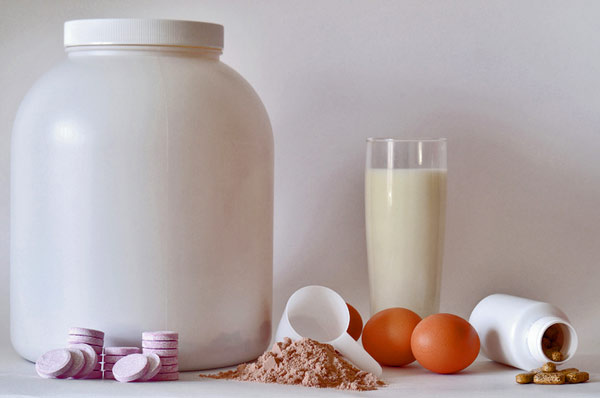
ATP is the energy currency of every cell. In muscle cells it is used to fuel muscle contractions during exercise. Research shows citrulline malate significantly improves the amount of ATP the muscles can regenerate and enhances the rate phosphocreatine (PCr) is regenerated.
PCr is what creatine is converted into inside the muscle cells through the addition of a high-energy phosphate group. Creatine donates this phosphate group during intense exercise, such as weightlifting, to produce ATP which in turn powers the muscle contractions required to lift the weight. This means that supplementing with citrulline malate cannot only increase endurance, it will also allow you to recover faster between sets.
In fact, one study from Spain reported subjects performing bench presses were able to complete over 50% more reps from set three onwards for a total of eight sets.
The research on citrulline malate suggest that a 6g dose is the minimal dose required to provide significant performance benefits.
How much citrulline malate to take to increase nitric oxide?
So what does this all mean for you? Well, when shopping for a pre-workout product you’d be wise to look for supplements that included some form of citrulline. If it is L-citrulline, you need at least 3g.
Your best option is to look for a pre-workout product that includes at least 6g citrulline malate. This will provide you 3g citrulline, which is the dose needed to maximize NO production, and is also the dose of citrulline malate needed to improve performance.
For more articles like how to increase nitric oxide levels, nutrition tips, and workouts, get TRAIN magazine direct into your inbox every month for free by signing up to our newsletter
Our favorite citrulline malate nitric oxide booster is Pre-Kaged as it contains the clinically effective dose of citrulline


